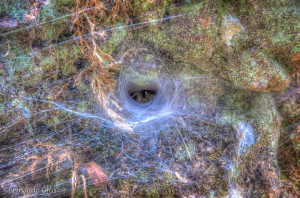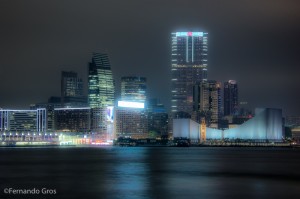High Dynamic Range
High Dynamic Range, or HDR is a digital process that allows photographers to develop images from a series of photos that have a much greater dynamic range, or intensity of light than conventional images. For example, when you shoot a sunrise, often one part of the photo will be very bright, while another will be […]
High Dynamic Range, or HDR is a digital process that allows photographers to develop images from a series of photos that have a much greater dynamic range, or intensity of light than conventional images. For example, when you shoot a sunrise, often one part of the photo will be very bright, while another will be dark. By taking a series of shots, at different levels of exposure, then processing them with software, you can create images that would be impossible to render with a conventional photograph.
You can do this in Adobe Photoshop and there are specialist programmes, like Photomatix (which I use), that will also handle the process. When you push the parameters, this approach can give some crazy intense colours, as in this shot of a Spiderweb, that I took in Cambodia.
Or, sometimes the HDR images can have an eerie, luminous quality to them
But, fun as those of sorts of images are, I’ve found the process of creating HDR photos a little underwhelming. Thankfully, on Neil van Niekerk’s blog there is a great guest post from Tom Kaszuba, outlining a different approach to HDR than one I had been using. Tom Kazuba also uses Photomatix Pro, but in a very basic way, then does some smart stuff in Photoshop with Adobe Camera Raw. The image below, a sunset in Adelaide, is my first attempt with this method.
Not a perfect image, but a lot more satisfying than most of my previous HDR attempts.







